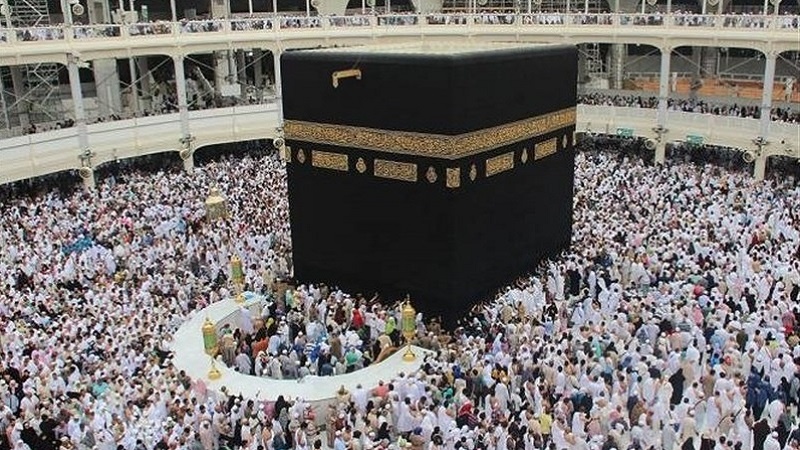Millions of Muslims begin ‘biggest’ Hajj pilgrimage in years in Mecca
Millions of Muslim worshipers from across the world have started the annual Hajj pilgrimage in the holy city of Mecca in Saudi Arabia, with the rituals taking place over a period of several days and culminating in Eid al-Adha (Feast of Sacrifice).
On the first day of the rituals on Sunday, the pilgrims perform the first circumambulation of the holy Ka’aba, a cube-shaped shrine that Muslims face when they pray. They conduct a series of rites over four days in the holy city of Mecca and its surroundings.
The pilgrimage can be physically demanding as pilgrims have to move between different locations and can walk between 5 to 15 kilometers per day on average. The pilgrimage tests the pilgrims’ patience and is a challenge on a spiritual, emotional, and physical level. It may require some preparation and, for many, is a once-in-a-lifetime event.
The worshipers will sleep in tents in Mina on Monday night and spend Tuesday at Mount Arafat, where Prophet Mohammad (Blessings of God upon him and his progeny) delivered his final sermon.
After casting pebbles in the “stoning of the devil” ritual on Wednesday, marking the start of the Eid al-Adha holiday, the pilgrims return to holy Mecca to perform a farewell “tawaf” — circling seven times around the holy Ka’aba.
Saudi authorities have described this year’s event as the “biggest” Hajj pilgrimage in years, as more than two million people from over 160 countries were said to have attended the annual religious gathering.
The event comes as the requirement for women to be accompanied by male guardians was dropped by Saudi authorities in 2021.
Hajj pilgrimage is one of the pillars of Islam that Muslims who enjoy financial self-sufficiency are religiously obliged to perform at least once in their lifetime.
This year, the first groups of Hajj pilgrims left Iran for Saudi Arabia on May 24.
A total of 87,550 Iranian pilgrims from 21 airports across the country have reportedly taken part in this year’s Hajj.
ME



